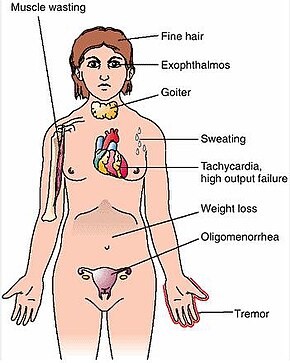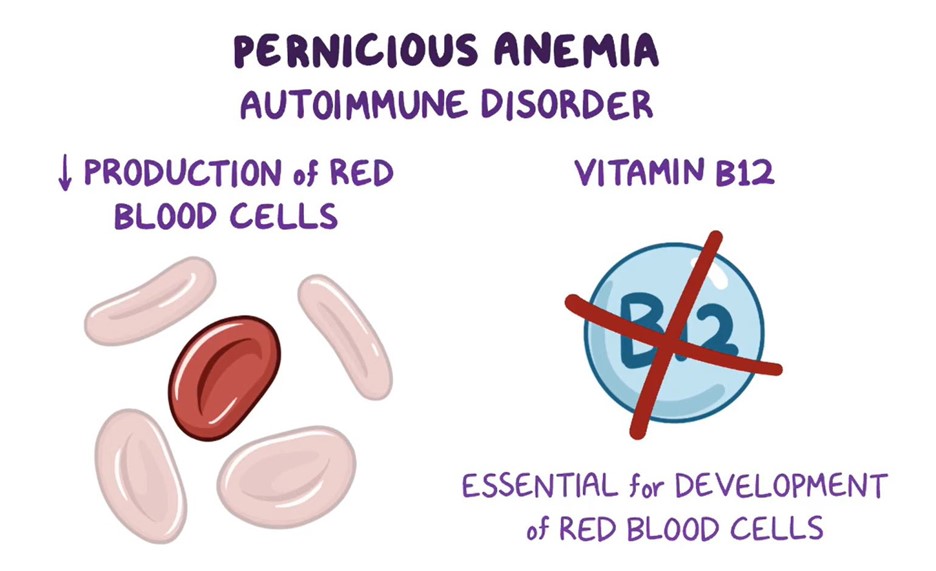A nurse is consulting a formulary about a client's new prescription for raloxifene. The nurse should identify that this medication is used to treat which of the following conditions?
Osteoporosis
Urinary tract infection
Hypothyroidism
Deep-vein thrombosis
The Correct Answer is A
A. Osteoporosis. A nurse is consulting a formulary about a client's new prescription for raloxifene. The medication raloxifene is used to treat osteoporosis. It is a selective estrogen receptor modulator (SERM) that helps to prevent and treat bone loss in postmenopausal women. It works by mimicking the effects of estrogen on bone tissue, helping to prevent bone breakdown and maintain bone density.
B. Urinary tract infection: UTIs are typically treated with antibiotics.
C. Hypothyroidism: Hypothyroidism is treated with thyroid hormone replacement.
D. Deep-vein thrombosis: DVT is typically treated with anticoagulant medications like heparin and warfarin.
Nursing Test Bank
Naxlex Comprehensive Predictor Exams
Related Questions
Correct Answer is D
Explanation
A. Bradycardia:
Incorrect Explanation: Bradycardia (slow heart rate) is not a common adverse effect of phenytoin.
Explanation: Phenytoin primarily affects the central nervous system and is not known to cause significant cardiovascular effects like bradycardia.
B. Red man syndrome:
Incorrect Explanation: Red man syndrome is associated with some antibiotics, not phenytoin.
Explanation: Red man syndrome, characterized by redness and flushing of the skin, is primarily associated with certain antibiotics like vancomycin and is not a recognized adverse effect of phenytoin.
C. Hypoglycemia:
Incorrect Explanation: Hypoglycemia is not a common adverse effect of phenytoin.
Explanation: Phenytoin does not have a direct impact on blood glucose levels, so hypoglycemia is not a typical adverse effect.
D. Hypotension:
Correct Answer: Hypotension (low blood pressure) is an adverse effect that the nurse should identify as a potential concern with phenytoin administration.
Explanation: Phenytoin, especially when administered rapidly as an IV bolus, can lead to hypotension as one of its adverse effects. Monitoring blood pressure during and after administration is important.

Correct Answer is B
Explanation
A. "Plan to self-administer this medication for the next 6 months": The duration of treatment may vary based on individual circumstances and medical evaluation. It's not appropriate to make a blanket statement about the treatment duration.
B. "Administer the medication into one nostril once per week."
Cyanocobalamin is a form of vitamin B12 that is used to treat pernicious anemia. It can be administered via nasal spray in some cases. The appropriate dosing for nasal cyanocobalamin usually involves administration once a week. The client should be instructed to administer the medication into one nostril as directed by their healthcare provider.
C. "Lie down for 1 hour after administering the medication": There is no need for the client to lie down for an extended period after administering nasal cyanocobalamin.
D. "Use a nasal decongestant 15 minutes before the medication if you have a stuffy nose": This is not a standard recommendation for administering nasal cyanocobalamin. The client should follow the specific instructions provided by their healthcare provider.

Whether you are a student looking to ace your exams or a practicing nurse seeking to enhance your expertise , our nursing education contents will empower you with the confidence and competence to make a difference in the lives of patients and become a respected leader in the healthcare field.
Visit Naxlex, invest in your future and unlock endless possibilities with our unparalleled nursing education contents today
Report Wrong Answer on the Current Question
Do you disagree with the answer? If yes, what is your expected answer? Explain.
Kindly be descriptive with the issue you are facing.
